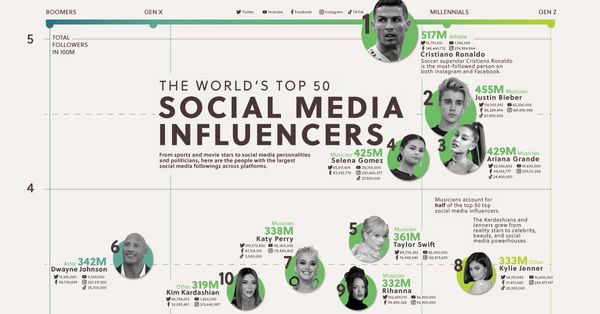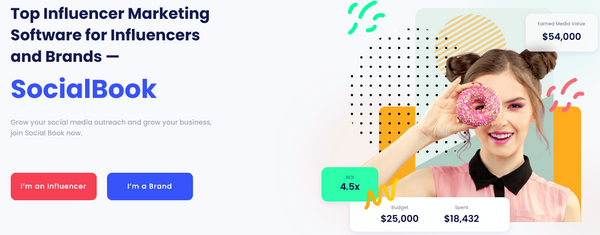Peanut butter and jelly, Kanye and Kim, skydiving and parachutes; these are just a few famous and powerful combinations.
Things that are great on their own often combine to make something that leaves an even more powerful and unforgettable impression. The same rule holds for the unbeatable combination of social media marketing and influencer marketing. The awesome pairing of traditional social marketing and influencer marketing creates a promotional one-two punch that—done right—can get people talking about your brand and take sales from so-so to stratospheric.
What is Social Media Marketing?
Basically, social media marketing is the marketing strategies conducted on social media platforms to sell your products. Major social media platforms include YouTube, Instagram, Twitter, Facebook, Pinterest, and TikTok. Brands use these social media platforms to reach target audience, build up brand image, drive traffic to website, showcase their decent products, and increase sales.
What is Influencer Marketing?
Influencer marketing is the marketing method involving social media influencers by creating and sharing product endorsement posts. Social media influencers are the content creators on YouTube, Instagram, Twitch, Facebook, Twitter and more. Their content can influence the purchasing decision of the followers.
What is the difference between social media marketing and influencer marketing?
Technically, it’s no different. Influencer marketing is a type of social media marketing because it’s marketing that happens on social channels.
Anytime brands use social media channels to promote their product—with ads, by posting content or by partnering with influencers—it falls under the umbrella of what is called social media marketing.
But it’s surprising how often brands fail to add the incredibly powerful medium of influencer marketing into the mix. When you consider that businesses can earn $6.50 per dollar spent on influencer campaigns, it’s clear that influencers are far too important to leave out of your marketing plan.
We have a blog sharing the 7 steps to maximize your influencer campaign ROI.
Why Influencer Marketing Should Be a Part of Your Strategy
The popularity of influencers is a function of the direction our society is moving in. People are busier and busier, and they spend a great deal of their precious downtime on social media.
Where in times past someone might meet a friend to ask for advice about an important purchase, today that person will consult a favorite social influencer for the same advice.
According to one study, 84% of Millennials distrust conventional ads. Since Millennials are 25% of the population—that’s three times the size of Generation X—their attitudes should be a hugely important consideration for marketers.
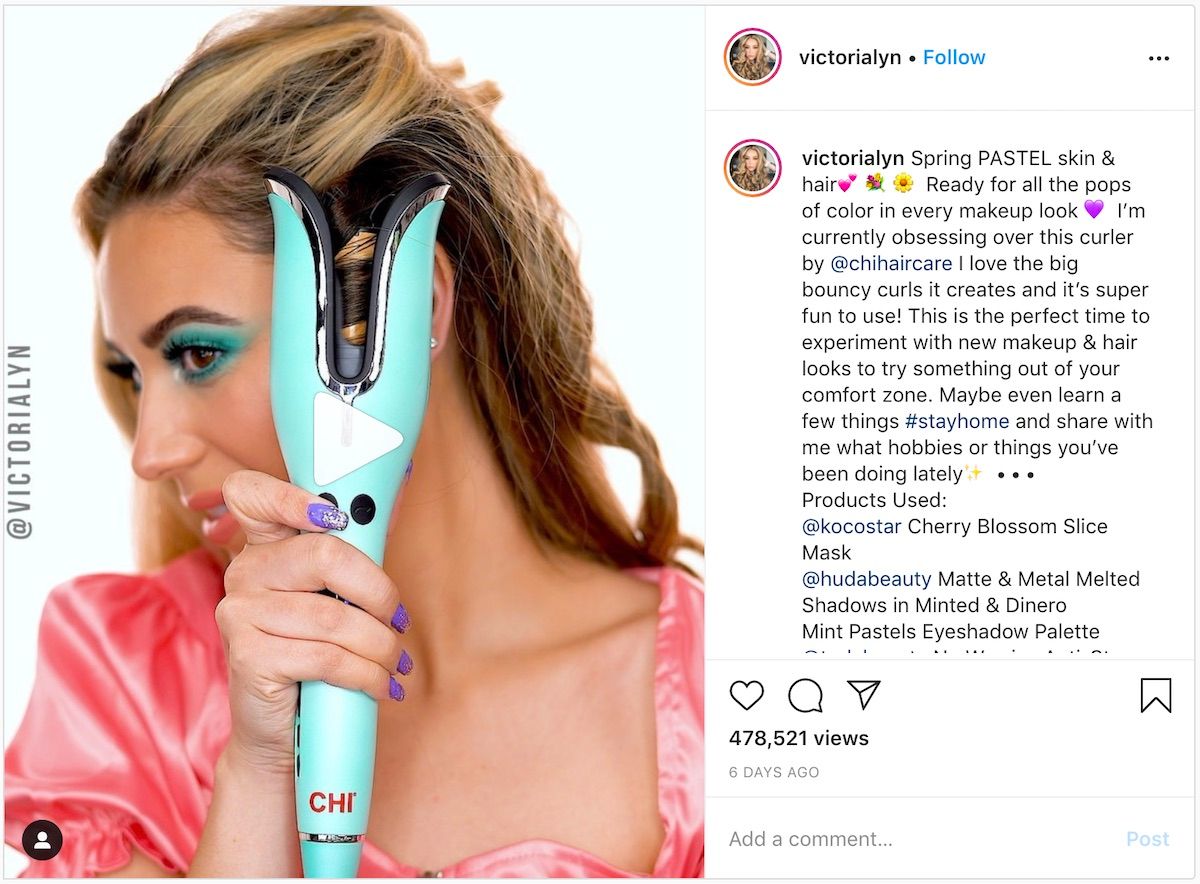
Influencer marketing done well is much less sales-y than traditional advertising. Brands hire influencers to promote products to a community of followers whose trust they have already gained. The result is a word-of-mouth approach that has a more organic feel that cuts through Millennial skepticism about advertising.
Influencers Stand-In for Friends
These days it’s safe to say that people often take purchasing advice from influencers instead of real-life friends. So, if budgetary restrictions make it absolutely essential that you put a lot more emphasis on one marketing strategy than another, keep this in mind: Statistics show that people put a great deal of trust in influencers, making them a great investment.
But what we’d like to suggest is that traditional social marketing (ads and posts) and influencer marketing complement each other so well that there’s never a need to forsake one for the other. And influencer marketing can always be scaled to fit your budget. If funds are tight, influencers can often be paid in goods or services.
Regular Social Media Marketing is Great Too
The stats don’t lie. Even amongst older generations like Baby Boomers, 48.2% use social media. Add this to 90.4% of Millennials and 77.5% of Gen X on social channels and you get over 3.2 billion people on social media worldwide.
That’s a lot of users who can potentially see your ad and become customers. This marketer got 123 new leads in a month from Instagram Ads alone. Add the trustworthy appeal of influencers to on-channel approaches like ads and posts, and they will support each other to help you reach untapped pockets of your target audience.
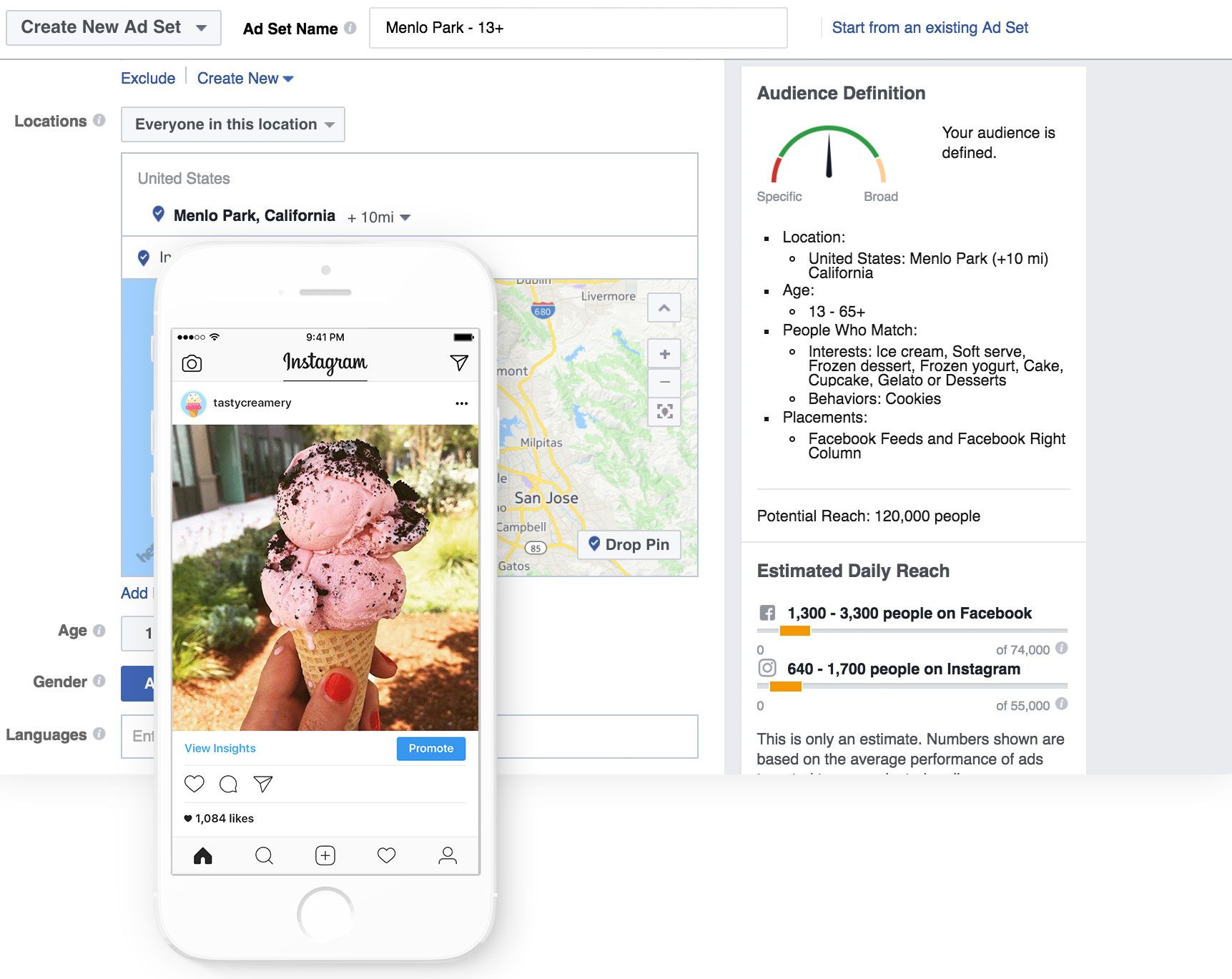
How Influencers and Social Media Marketing Can Support Each Other
Partnerships with influencers create opportunities for cross-promotions with your brand that expand the reach of your product. For example, online marketplace UncommonGoods has an exciting business model that lets artisans sell unique items—many of them personalized—through their website.
They offer an eclectic mix; everything from shitake mushroom growing kits to monogrammed socks to personalized children’s books.
Here’s how partnerships with influencers could work for this brand: The company could collaborate with lifestyle influencers like Bri Emery or Will Taylor, who would come to the partnership with built-in communities that appreciate the UncommonGoods brand.
For a budget-friendly way to expand their community and get more people talking about their brand, instead of paying these influencers the company could offer them huge discounts on items in their marketplace.
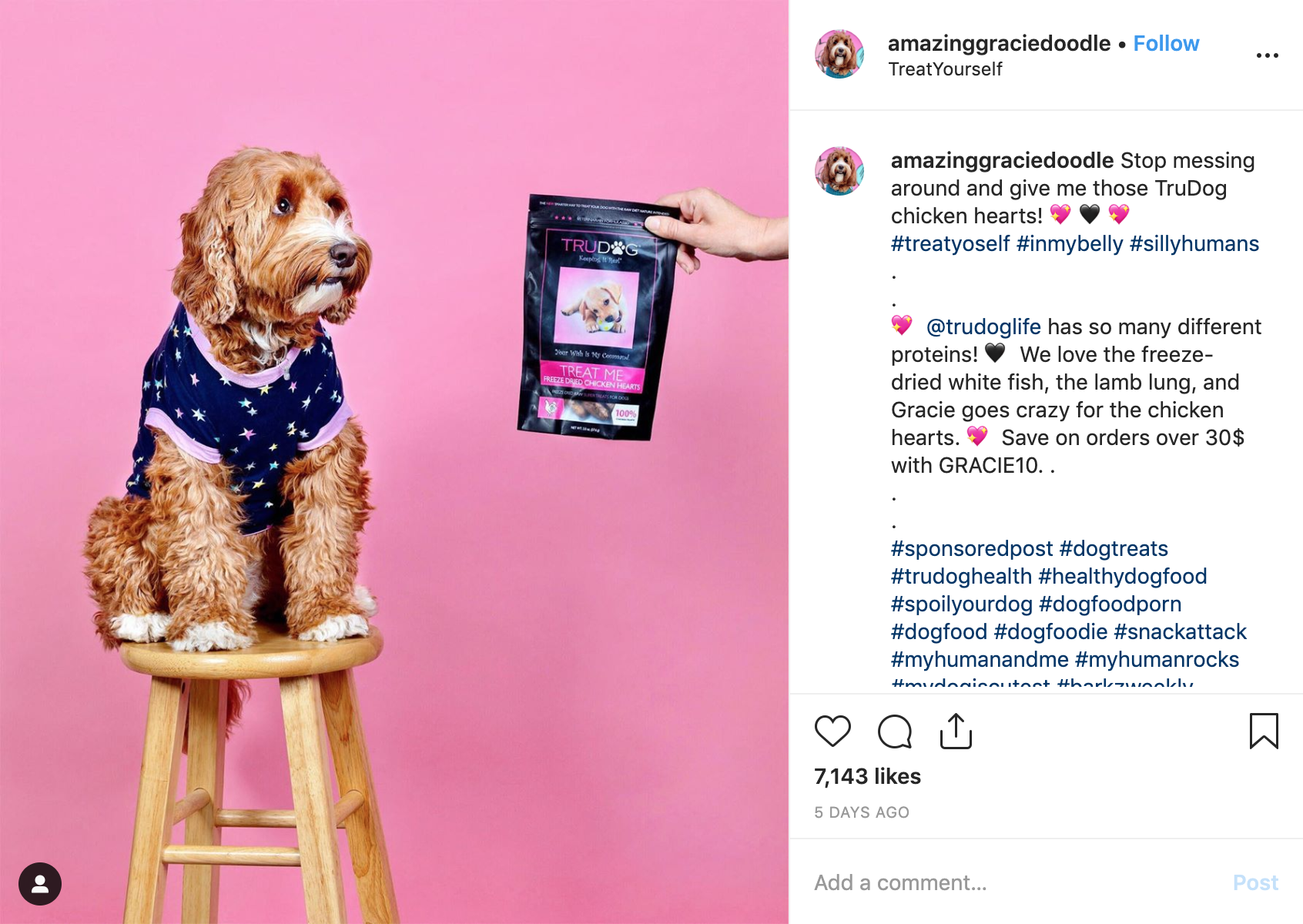
These social partners could be featured in ads or promotions, link to them through their blogs and posts (perhaps posts about growing and cooking with shiitake mushrooms) or both.
The company could in turn spotlight each influencer, showcasing how he uses various items while also linking back to his blog or Instagram. In this way, not only does the brand expand its reach, but influencers have the opportunity to grow their communities as well.
Adding influencers into the marketing mix is a smart move for brands seeking to get more mileage out of their social marketing, but partnering with the right influencers is key.
No need to overthink things. Hiring the perfect social partners is just a matter of seeking out influencers who are in the demographic groups you’re trying to reach, and whose messaging and interests are in alignment with that of your brand.
Influencer Marketing and Social Media Marketing: Better Together
Your audience is already on social media waiting to be wowed by your unique product or service.
A smart symbiotic melding of on-channel social marketing and influencer marketing can make it easier for them to find you. We hope you’ll be inspired to find your own ways to brilliantly combine on-channel social media posts, ads, and influencer marketing.
Want help finding the perfect influencers for your social marketing campaign? Head on over to sociabook.io for a free demo and find out how.



